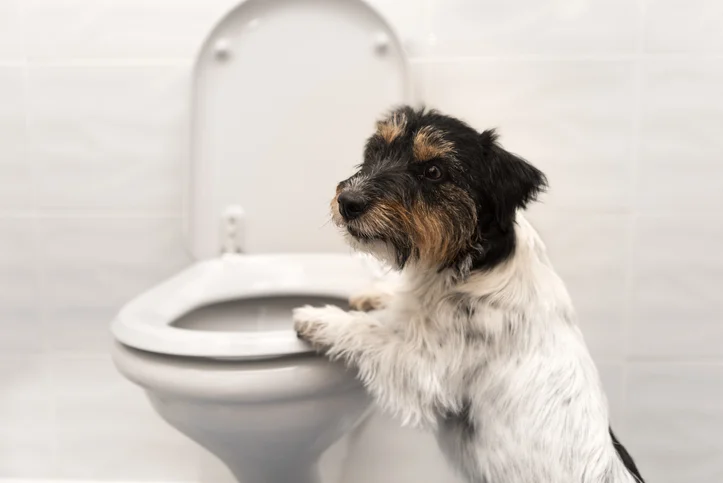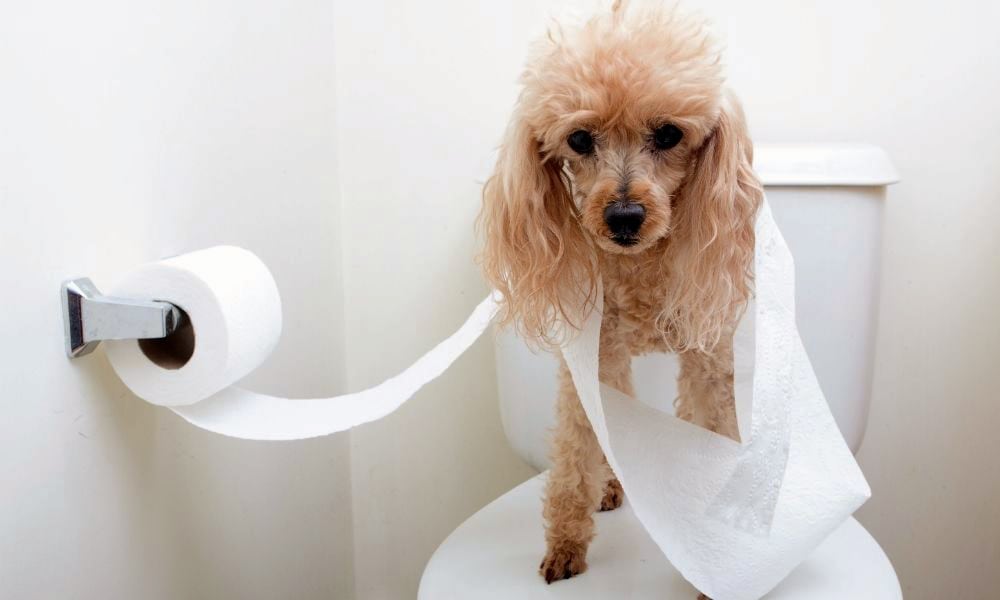Uncovering the Dangers of Flushing Animal Waste Down the Toilet
Uncovering the Dangers of Flushing Animal Waste Down the Toilet
Blog Article
What are your thoughts and feelings on Can You Flush Dog and Cat Poo Down the Toilet??

When it concerns getting rid of waste, especially animal waste, many individuals frequently resort to the hassle-free option of flushing it down the toilet. Nonetheless, this relatively easy option can have major consequences for the environment and public health. In this short article, we'll discover why flushing pet waste down the bathroom is a negative concept and provide different approaches for appropriate disposal.
Introduction
Correct waste disposal is crucial for preserving environmental sustainability and public health. While it might appear harmless to purge animal waste down the bathroom, it can bring about numerous issues, both for the environment and human health.
Dangers of flushing animal waste
Environmental effect
Purging pet waste presents hazardous germs and microorganisms into waterways, which can negatively affect marine ecological communities. These virus can pollute water sources and damage aquatic life, interfering with fragile environments.
Public health problems
Pet waste has dangerous microorganisms such as E. coli and Salmonella, which can posture significant health risks to human beings. Purging animal waste down the bathroom can contaminate water products, bring about the spread of illness and infections.
Alternatives to flushing
As opposed to purging pet waste down the bathroom, there are numerous alternative disposal methods that are more environmentally friendly and sanitary.
Composting
Composting animal waste is an environment-friendly method to dispose of it. By composting, organic matter is broken down right into nutrient-rich soil, which can be made use of to fertilize yards and plants.
Landfill disposal
Throwing away pet waste in a landfill is an additional alternative. While not as eco-friendly as composting, it is a more secure alternative to flushing, as it stops the contamination of water resources.
Animal waste disposal systems
There are specialized pet dog waste disposal systems readily available that safely and hygienically dispose of pet waste. These systems usually use enzymes to break down waste and eliminate odors.
Steps to correct animal garbage disposal
To ensure correct disposal of pet waste, adhere to these steps:
Scooping and bagging waste
Frequently scoop and bag pet waste making use of biodegradable bags. This prevents waste from polluting the setting.
Making use of designated waste bins
Dispose of bagged animal waste in assigned waste containers, such as compost containers or garbage dump bins. Stay clear of flushing it down the toilet in all expenses.
Cleaning can and family pet locations regularly
Routinely clean litter boxes read more and animal areas to avoid the build-up of waste and germs. Usage pet-safe cleansing products to keep health.
Advantages of appropriate disposal approaches
Taking on appropriate disposal approaches for animal waste provides numerous benefits:
Reduced environmental pollution
Proper disposal methods minimize the threat of environmental pollution, protecting waterways and ecosystems from contamination
Reduced threat of water contamination.
By avoiding flushing animal waste down the commode, the danger of water contamination is substantially minimized, protecting public health.
Boosted cleanliness and health
Proper disposal methods advertise better hygiene and hygiene, producing a safer environment for both humans and pets.
Conclusion
In conclusion, flushing pet waste down the commode is unsafe to the setting and public health. By embracing different disposal techniques and adhering to correct waste management techniques, we can decrease the negative effect of animal waste and add to a cleaner, healthier earth.
What To Do With Dog Poo – The Do's And Don'ts Of Disposing Of Faeces
Dog poo bins
Some councils provide dedicated dog waste bins in popular dog-walking areas that can take dog poo that has been bagged but you can legally dispose of dog waste in any public litter bin, as long as it is securely bagged. This also applies to your wheelie bin at home.
Do not flush
Water companies do not recommend flushing dog faeces down the toilet because certain parasites can survive the water processing treatment and are potentially harmful to humans. You should also never consider flushing dog poo that has been bagged down the toilet as the bags will not break down and instead create severe blockages in the sewage system.
In the woods
The Forestry Commission promotes a ‘stick and flick’ method for dealing with waste in the woods. This means finding a stick and using it to flick any poo from off the path so that it is out of the way of other walkers. You could also bury it as long as it is not in an area where there might be livestock.
Livestock
Parasites found in dog poo can be transmitted to livestock if they inadvertently eat infected faeces that has been left on grazing land. This could result in the death of sheep or abortion in cattle so you should always make sure you pick up your dog’s waste in fields where livestock could be present.

Routinely clean litter boxes read more and animal areas to avoid the build-up of waste and germs. Usage pet-safe cleansing products to keep health.
Advantages of appropriate disposal approaches
Taking on appropriate disposal approaches for animal waste provides numerous benefits:
Reduced environmental pollution
Proper disposal methods minimize the threat of environmental pollution, protecting waterways and ecosystems from contamination
Reduced threat of water contamination.
By avoiding flushing animal waste down the commode, the danger of water contamination is substantially minimized, protecting public health.
Boosted cleanliness and health
Proper disposal methods advertise better hygiene and hygiene, producing a safer environment for both humans and pets.
Conclusion
In conclusion, flushing pet waste down the commode is unsafe to the setting and public health. By embracing different disposal techniques and adhering to correct waste management techniques, we can decrease the negative effect of animal waste and add to a cleaner, healthier earth.
What To Do With Dog Poo – The Do's And Don'ts Of Disposing Of Faeces
Dog poo bins
Some councils provide dedicated dog waste bins in popular dog-walking areas that can take dog poo that has been bagged but you can legally dispose of dog waste in any public litter bin, as long as it is securely bagged. This also applies to your wheelie bin at home.
Do not flush
Water companies do not recommend flushing dog faeces down the toilet because certain parasites can survive the water processing treatment and are potentially harmful to humans. You should also never consider flushing dog poo that has been bagged down the toilet as the bags will not break down and instead create severe blockages in the sewage system.
In the woods
The Forestry Commission promotes a ‘stick and flick’ method for dealing with waste in the woods. This means finding a stick and using it to flick any poo from off the path so that it is out of the way of other walkers. You could also bury it as long as it is not in an area where there might be livestock.
Livestock
Parasites found in dog poo can be transmitted to livestock if they inadvertently eat infected faeces that has been left on grazing land. This could result in the death of sheep or abortion in cattle so you should always make sure you pick up your dog’s waste in fields where livestock could be present.

I stumbled upon that review about Don't Flush Your Pets Poo Down The Loo, Vet Warns while doing a lookup on the internet. Sharing is good. Who knows, you might be doing someone a favor. I take joy in reading our article about Should you flush animal waste down the toilet.
View More Report this page